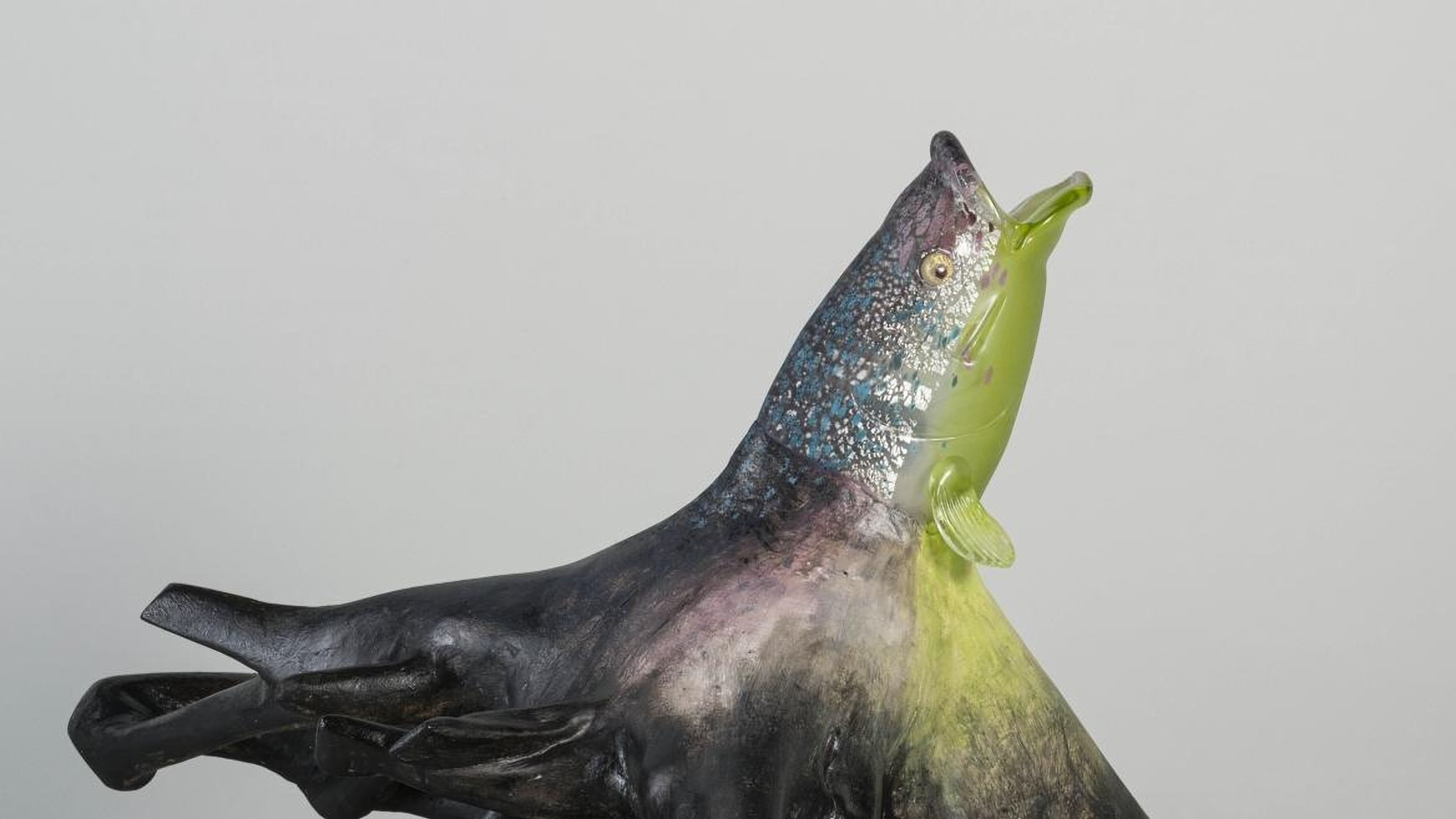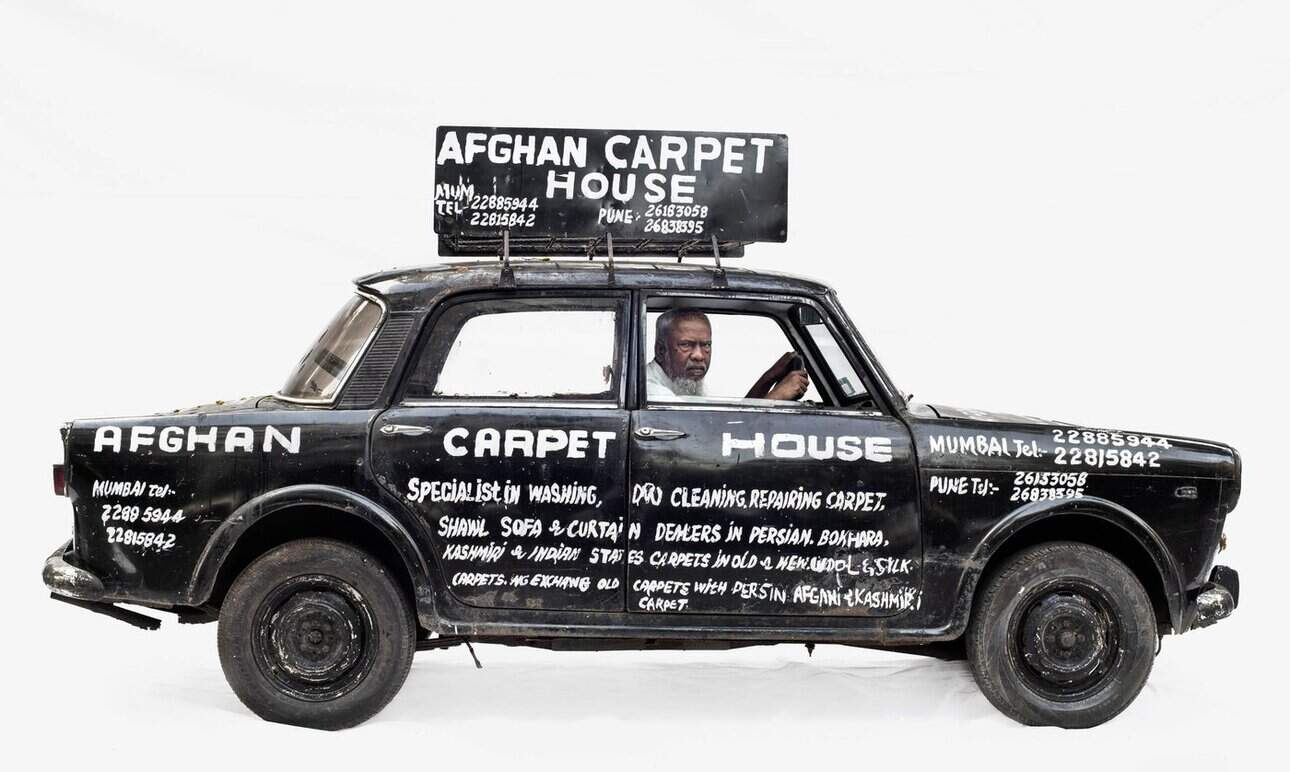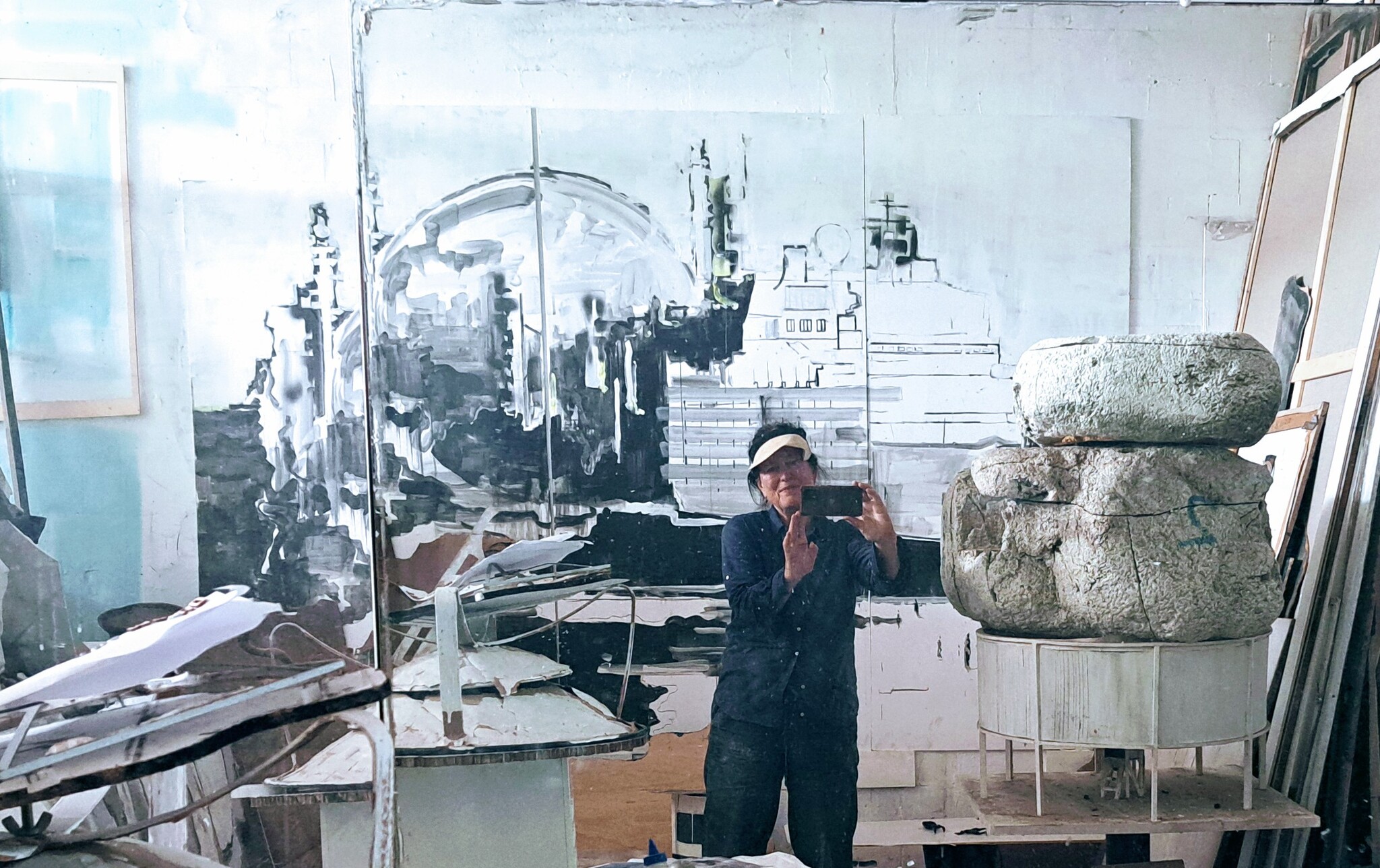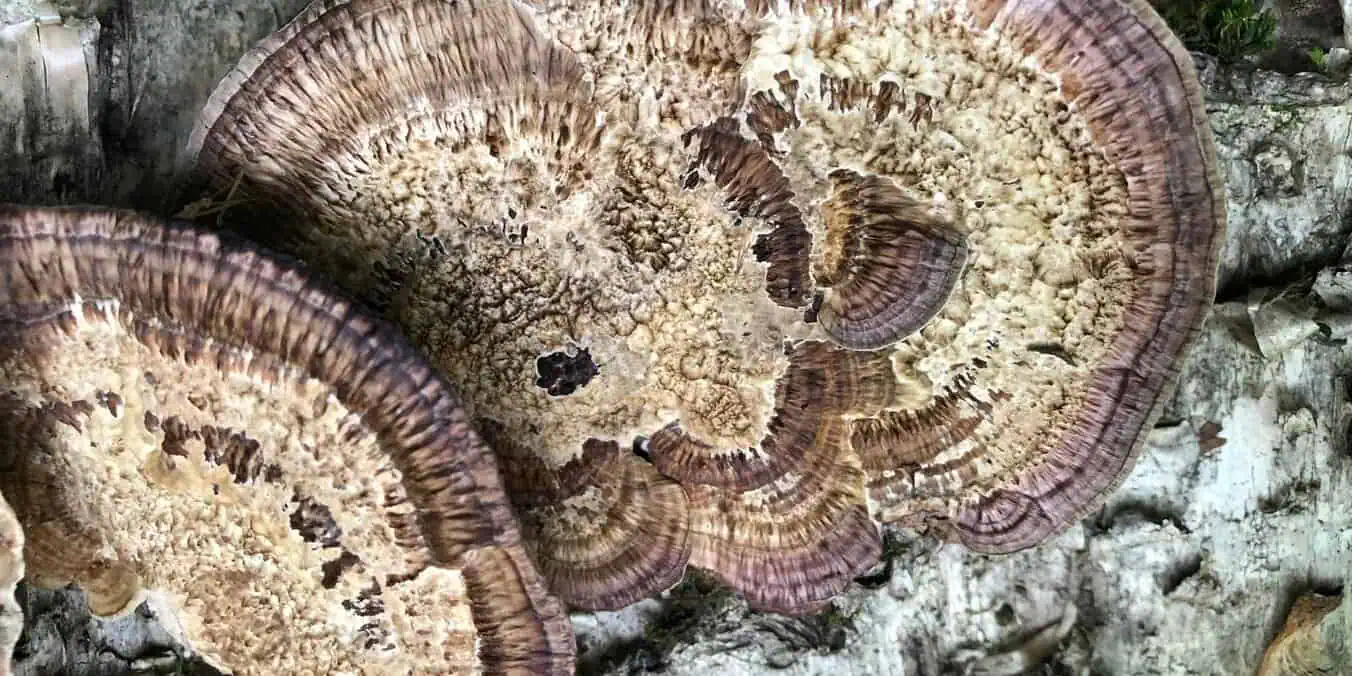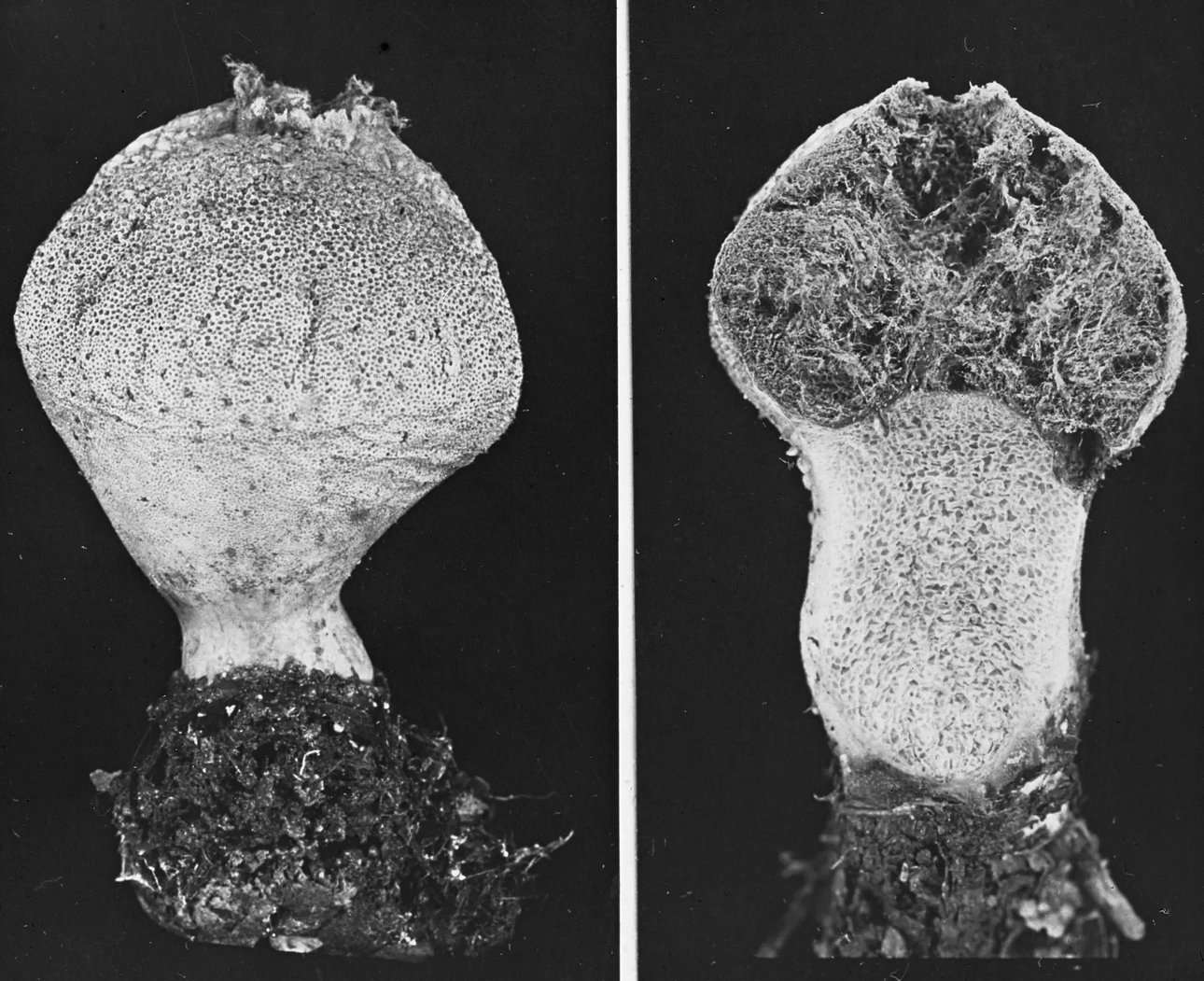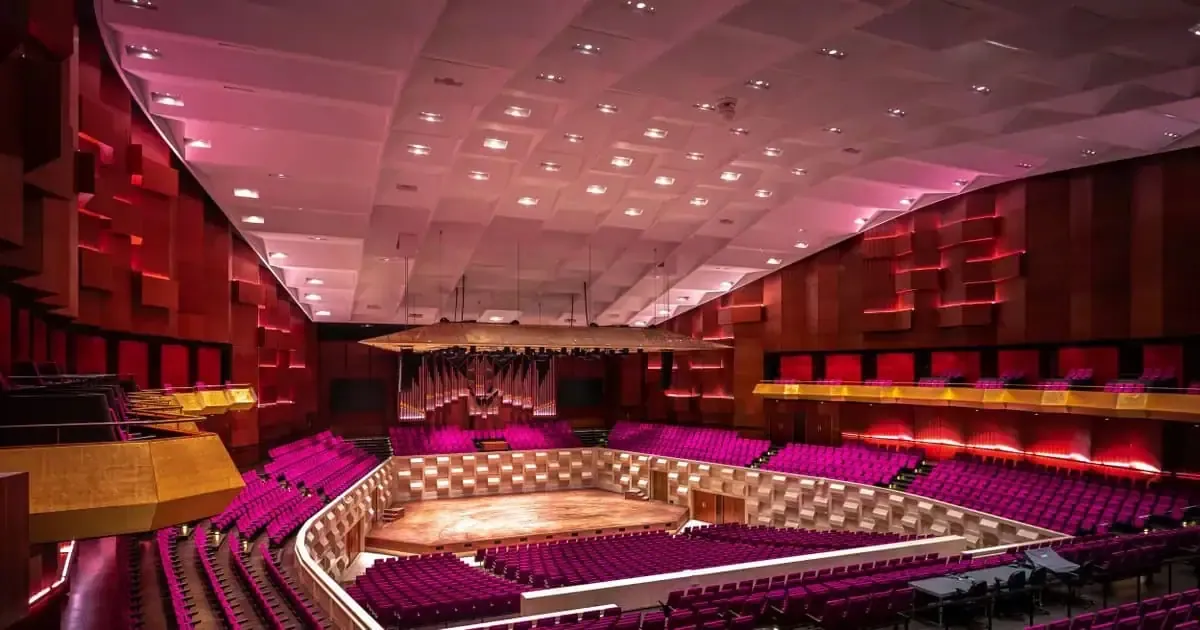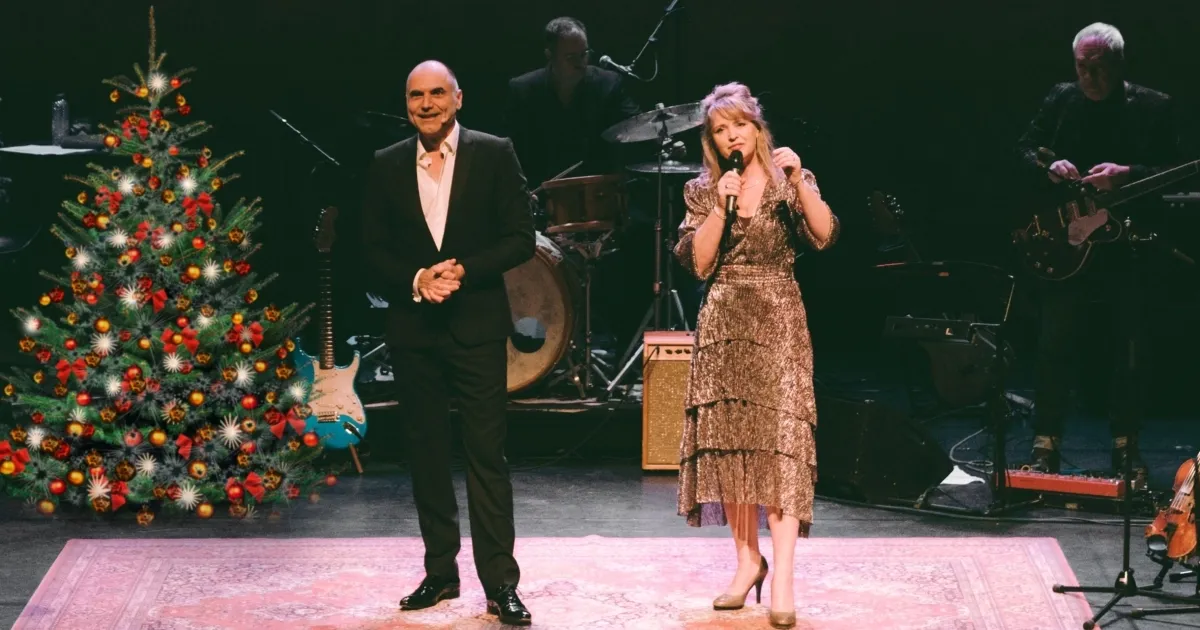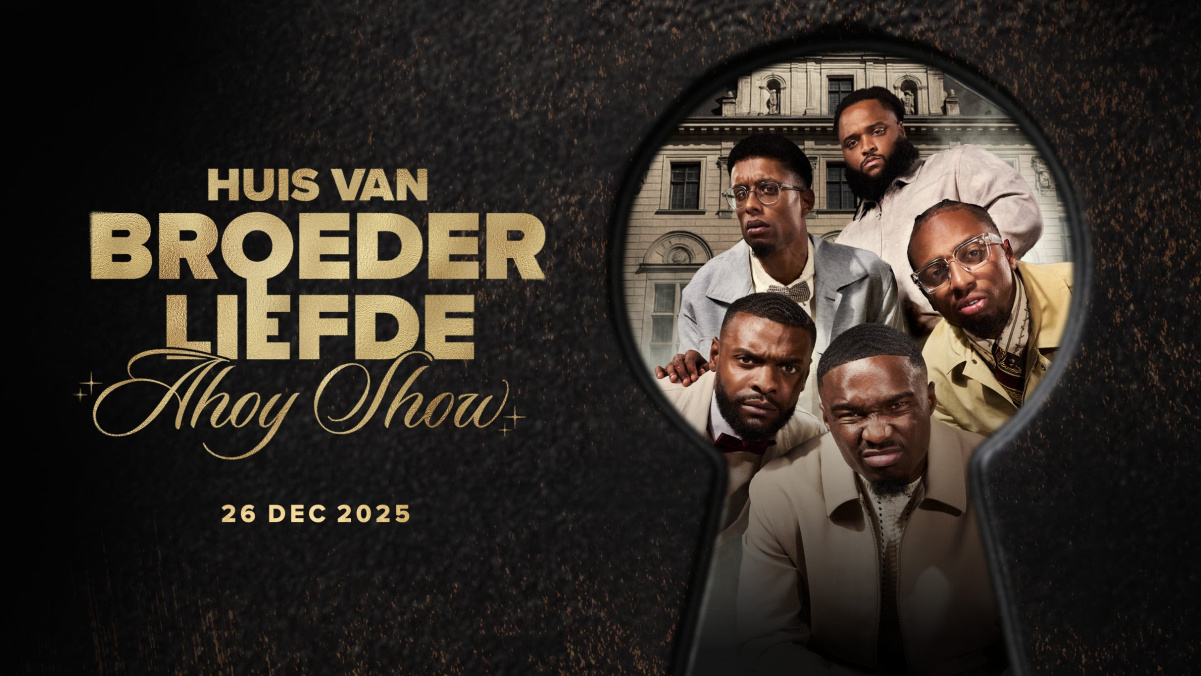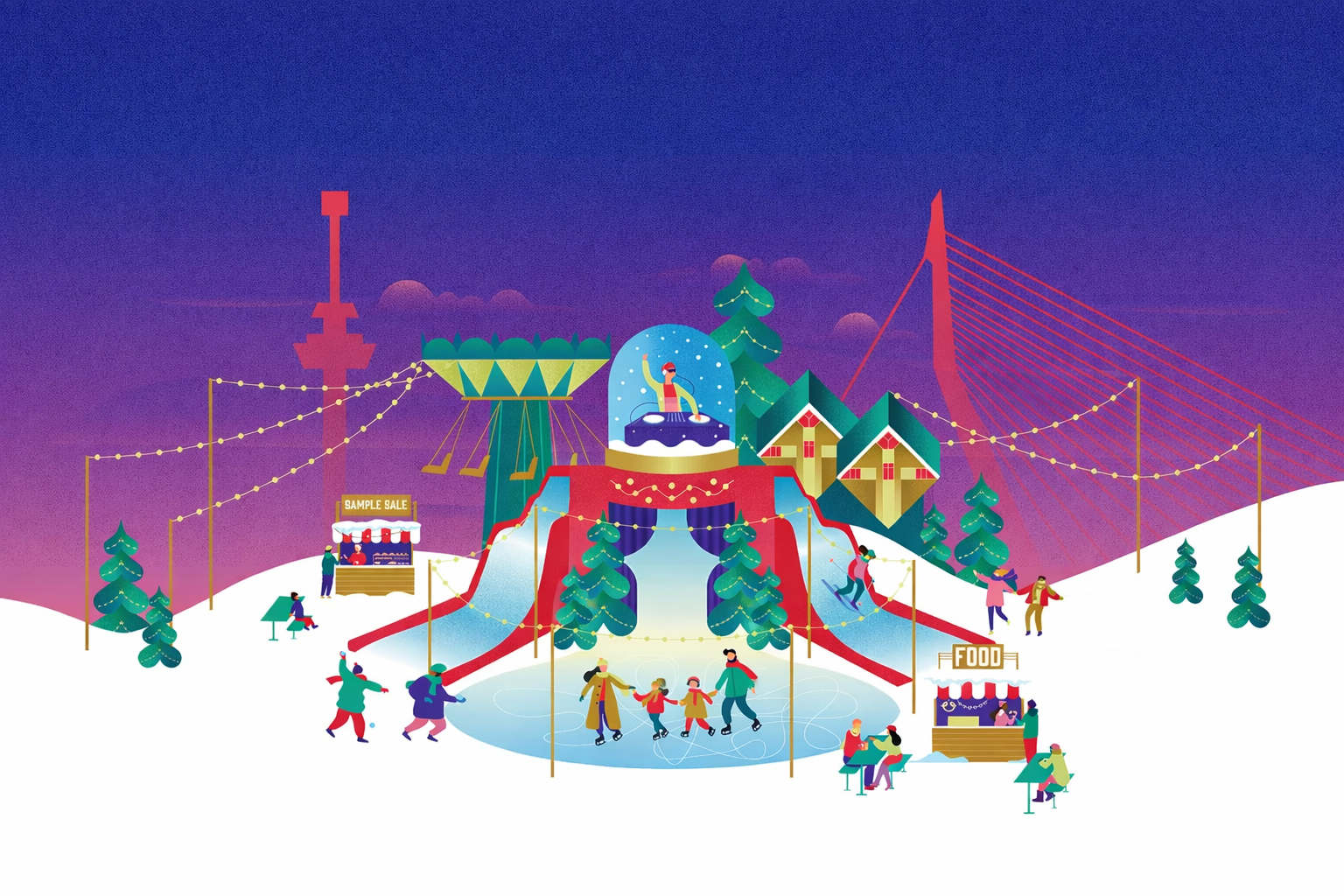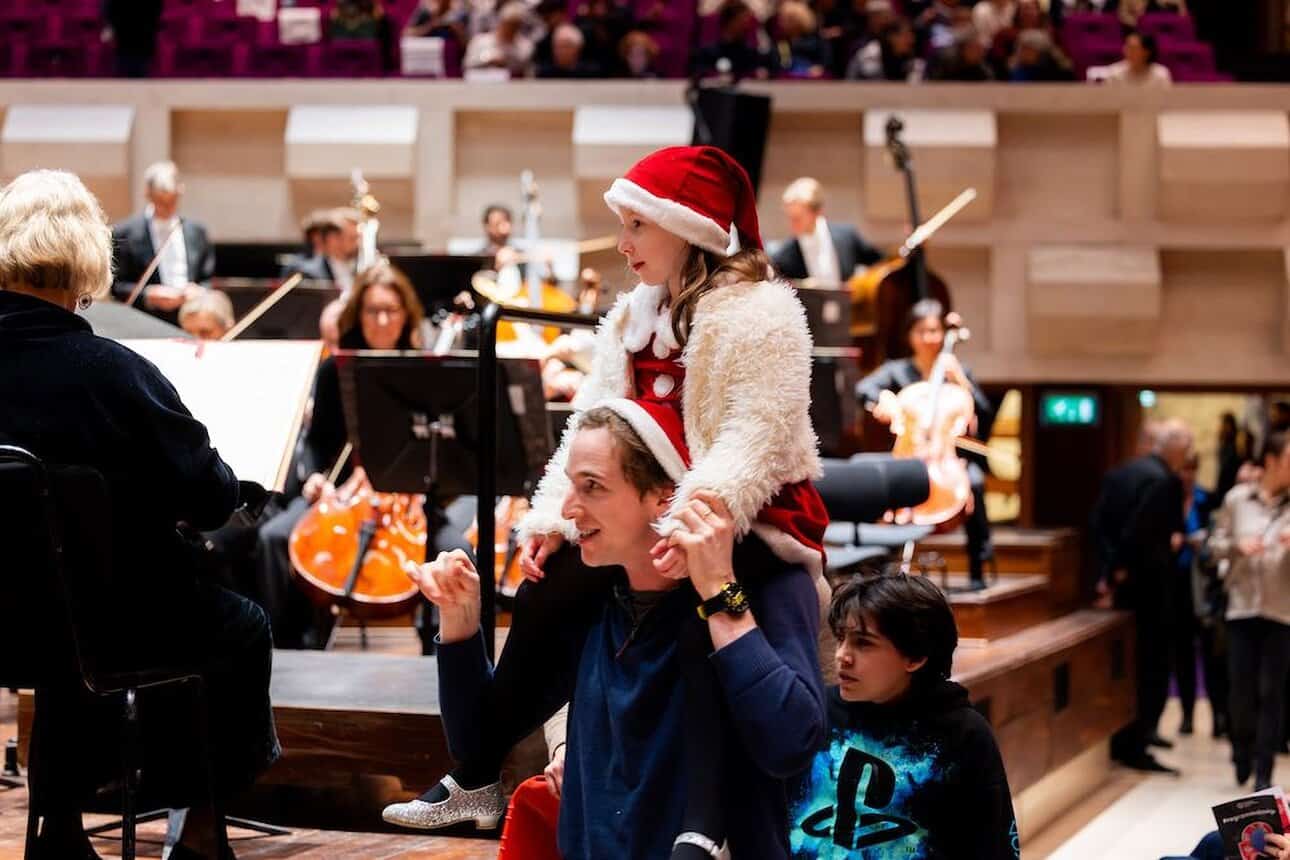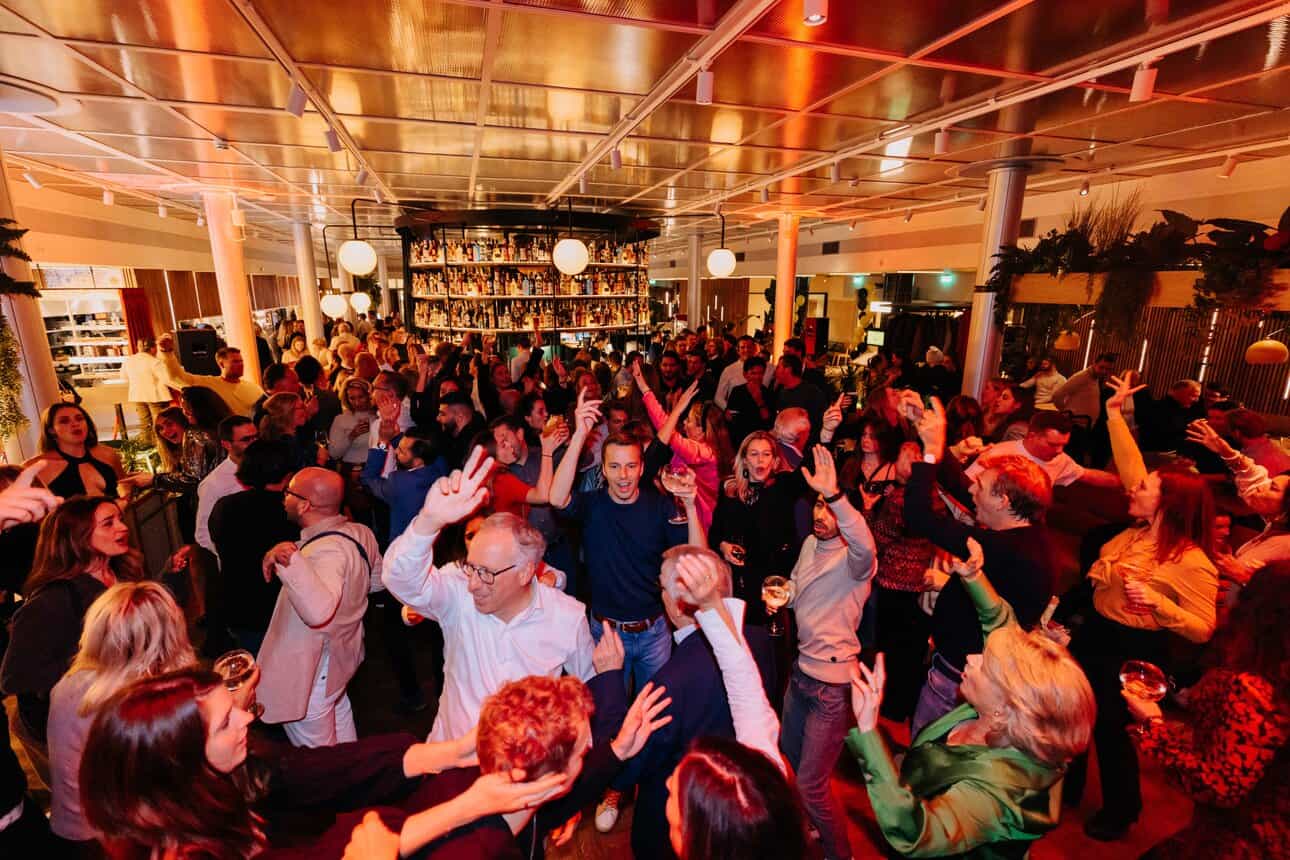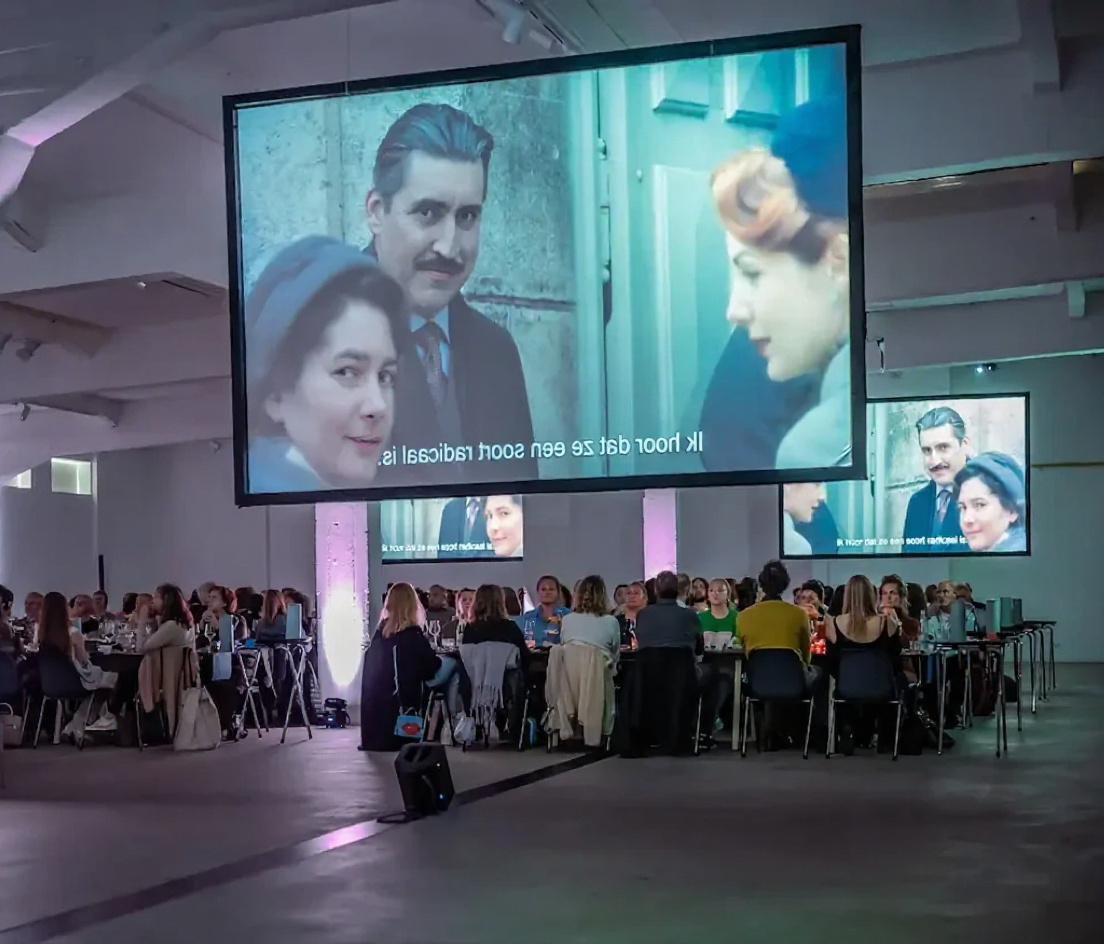FROM 26 SEP '26 to 31 JAN '27 | Kunsthal Rotterdam presents A Chair and You, an exhibition created by the late American director and artist Robert Wilson. The show features 140 chairs by 114 designers from the collection of Thierry Barbier-Mueller.
Chairs as theatrical objects
Robert Wilson (1941–2025), known for his work as a director, scenographer and artist, conceived the exhibition as a total installation. Using light, sound and decor, he created four thematic worlds in which chairs take centre stage. The settings range from a fairytale forest to a silent “dark space,” highlighting the expressive and theatrical potential of everyday objects.
The exhibition draws on the collection assembled by Swiss collector Thierry Barbier-Mueller (1960–2023), who began acquiring remarkable chairs in 1990. Wilson’s installation allows the pieces to “speak without words,” presenting them not just as furniture but as works of art with their own presence and atmosphere.
Collaboration across institutions
A Chair and You was developed in close collaboration with the Fondation Musée Barbier-Mueller and mudac – Museum of Contemporary Design and Applied Arts in Lausanne. The result is both a tribute to Barbier-Mueller’s collecting vision and to Wilson’s distinctive approach to staging objects within immersive environments.
Visitors to Kunsthal Rotterdam will encounter a blend of design, theatre and visual art, with the chairs acting as protagonists in a carefully orchestrated experience.
Practical information
- Dates: 26 September 2026 – 31 January 2027
- Location: Kunsthal Rotterdam, Hal 2
- Organised with: Fondation Musée Barbier-Mueller and mudac
Location and directions
Kunsthal Rotterdam is located on the Museumpark, close to Het Nieuwe Instituut and Depot Boijmans Van Beuningen. It is easily reached by tram or metro (Eendrachtsplein), and within walking distance from Rotterdam Central Station.


